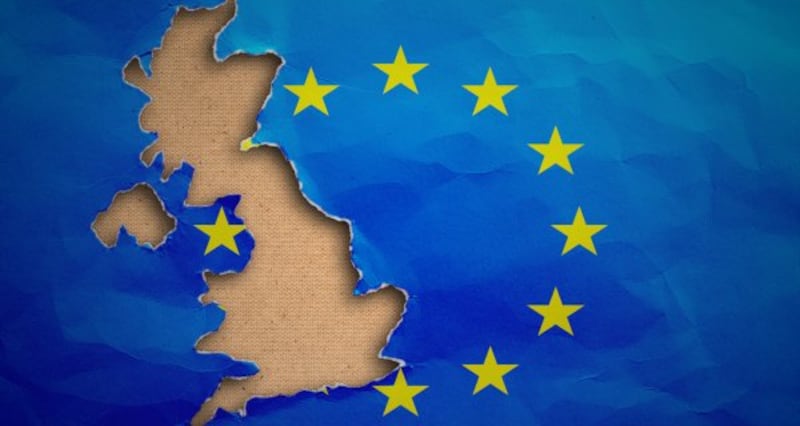A key factor underpinning growth in any economy is the extent to which it invests in its future through physical and human capital as well as research and development. While most aspects of the Irish economy have successfully recovered from the financial crisis, investment is still below a sustainable level.
While in 2013-14 it may have been sensible to ease off on investment and rely on the remaining slack left over from the boom, any slack is now fully used up.
The most obvious pressure point is housing, but the shortage of necessary infrastructure is also becoming apparent across other aspects of the economy.
A normal economy in the EU 15 spends about 20 per cent of its income on investment to replace physical capital as it wears out or becomes obsolete, and to sustain further growth.
Today investment in Ireland to support the economy and society accounts for just over 15 per cent of income in spite of the fact that the economy is growing much more rapidly than other EU 15 economies. This represents a drop from 32 per cent of our income spent on total physical investment in 2008.
Today’s investment is hardly enough to replace depreciating capital, much less to provide for a rapidly growing economy. Thus there is an urgent need to expand investment to allow for future growth and meet the current needs of Irish society.
When generous EU structural funds first became available in the early 1990s, the Irish government began a formal planned approach to investment aimed at allocating public funds for investment in a manner that would maximise the benefits for Irish society. The participation of the EU Commission, albeit marginal, in the decision process helped ensure that it was reasonably rigorous.
Objective selection
While the EU could not formally stop what they saw as unwarranted major projects, their oversight helped ensure a more objective selection of investments.
This formal planning approach to public investment continued up to the economic crisis. While it did not mean that investment decisions were always wise, it brought a significant degree of rigour to the process. However, the onset of the recession meant that public physical investment in Ireland fell from an excessive 6 per cent of national income in 2008 to around 2 per cent in 2015.
An interesting feature of the Irish investment planning process was that the national plans were broadly accepted across party lines. New governments did not mean a new plan; instead there was limited reprioritisation in line with the new administration’s interests. Not all countries enjoy this degree of consensus, which can lead to wasteful disruption as one administration abandons its predecessor’s plans.

Systematic analysis of investment plans, undertaken by the ESRI for the Department of Finance between 2003 and 2006, highlighted the dangers involved in pumping more public investment into an overinflated economy. The ESRI recommended that substantial tax increases were needed to slow consumption and make space for the investment the then government considered desirable.
Today if the economy is to provide 30,000 or so houses a year, housing investment will need to double from its current level. Assuming that Government policy is reasonably successful in achieving this target by 2019, this will add one or two percentage points to the growth rate of the economy over the next two years.
In addition, other construction investment, such as office space and infrastructure needed to address gaps, will also contribute to growth.
Full employment
With the economy currently growing by around 5 per cent, and with the labour market moving towards full employment by the end of next year, the necessary recovery in the building and construction sector could put unwelcome pressure on the rest of the economy and cause it to overheat.
The result could be serious inflationary pressures on the national cost base, damaging the growth prospects of the tradable sector of the economy before the full consequences of Brexit hit.
To avoid a repeat of the damaging excess of the last decade the Government may need to take action in next year’s budget to make space in the economy for essential investment.
With strong demographic pressures, there is little scope to ease up public expenditure on education or health. To avoid overheating, spending on private consumption may need to be reined in through higher taxation.
It is important that the revised Government investment plan this year provides a coherent strategy for the volume and type of investment required. However, the plan will also need to demonstrate how it can be delivered in an economy operating at capacity.










